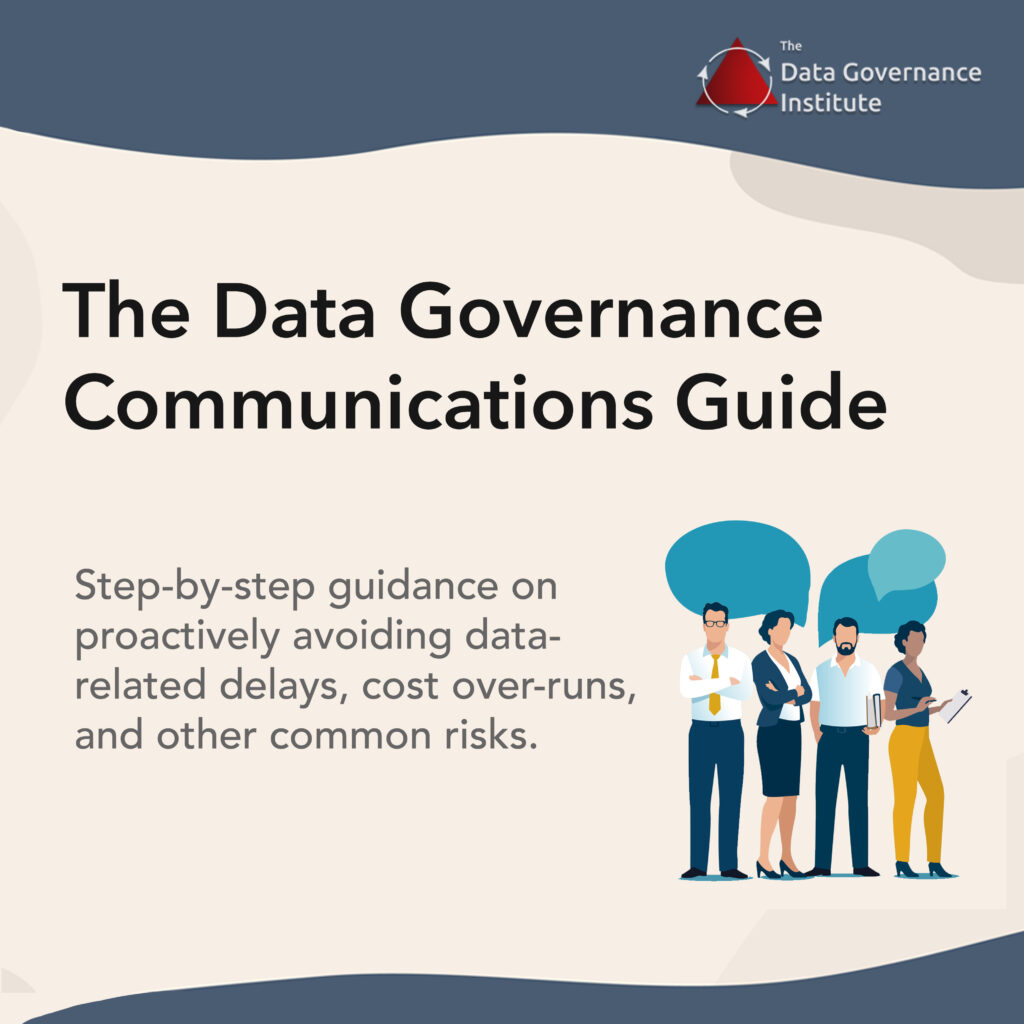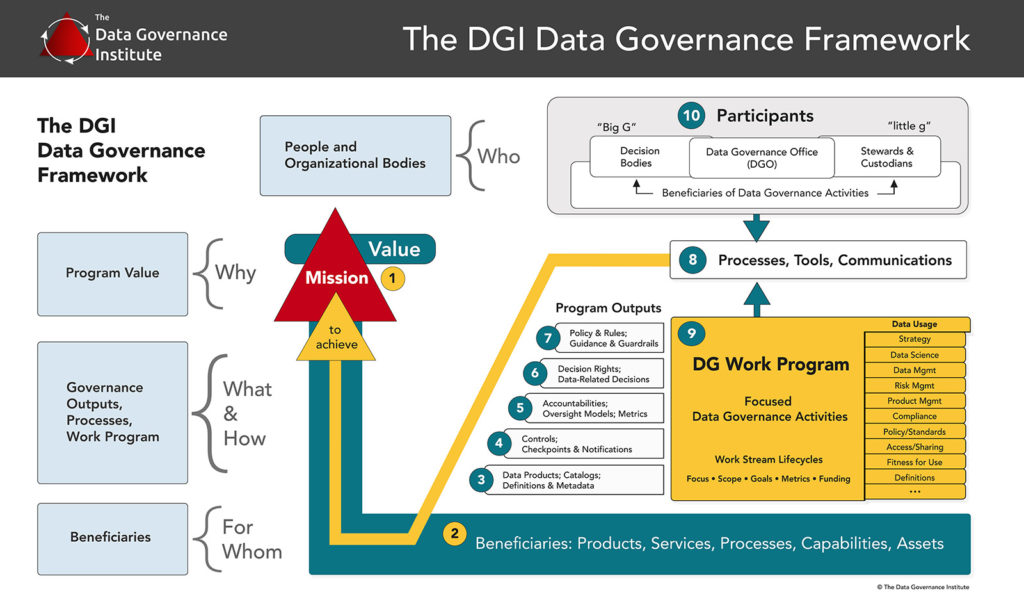This type of program typically comes into existence because some group within the organization needs support from a cross-functional leadership body. For example, companies moving from silo development to enterprise systems may find their application development teams resisting the guidance of Data Architects and Modelers.

Formal Data Governance policies, backed by cross-functional Stewards, can give needed weight to architectural positions. What other types of groups and initiatives might want such a program focus?
Enterprise initiatives such as
- Enterprise Data Management (EDM)
- Business Process Reengineering (BPR)
- Standardization on platforms
- Acquisition of data sets and systems (purchased data, ongoing data feeds, or changes due to Merger and Acquisitions activity).
What type of data do such programs generally address in early iterations of the program?
- Sets of Master Data
- Metadata
- Sensitive Data
- Acquired Data
A charter for this type of program may hold Data Governance and Stewardship participants accountable to:
- Contribute to standardized data definitions
- Prioritize the need for formal policy, standards, or data-related requirements
- Write policy, standards, or data-related requirements
- Collect policy, standards, or requirements from across the organization into a set that stakeholders, Data Stewards, and other Data Governance participants can access
- Reconcile gaps, overlaps, and inconsistencies in policy, standards, or requirements
- Write business rules to address the applicability of policy, standards, or requirements
- Set accountabilities for the design, implementation, monitoring, and enforcement of policy, standards, or requirements
- Work with Content Management, Document Management, Portal Management, Intranet teams, and others to consistently post policy, standards, or requirements
- Report status for policy enforcement initiatives
- Identify stakeholders, establish decision rights, clarify accountabilities



